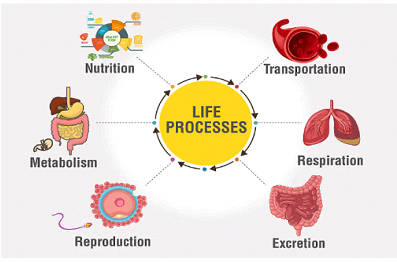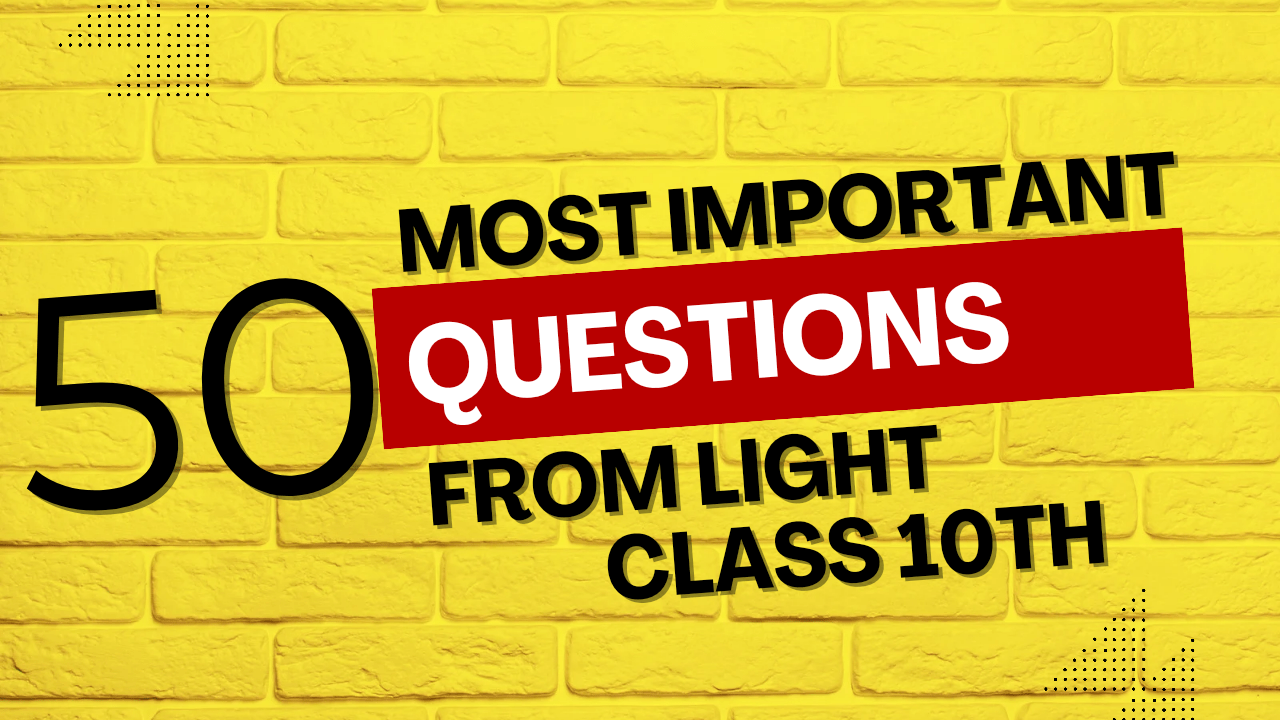State joule’s law of heating effect with important Questions with Answer.
State joule’s law of heating effect
Introduction
The heating effect of current, also known as Joule heating, refers to the phenomenon where electrical energy is converted into heat energy as current flows through a conductor. This effect is utilized in various electrical devices, such as heaters, toasters, and electric irons. The heating effect is a crucial concept in understanding energy transfer in electrical circuits and has numerous practical applications.
Historical Background
The heating effect of current was first observed and quantified by the English physicist James Prescott Joule in the mid-19th century. Through his experiments, Joule demonstrated that the amount of heat produced in a conductor is proportional to the square of the current, the resistance of the conductor, and the time for which the current flows. This relationship is now known as Joule’s Law, forming the foundation of our understanding of how electric currents produce heat.
Understanding the Heating Effect
When an electric current passes through a conductor, the free electrons in the conductor collide with the atoms and molecules of the material. These collisions convert some of the electrical energy into thermal energy, causing the conductor to heat up. The heat produced (H) can be calculated using the formula:
H = I2 × R × t
Where:
- H is the heat energy produced (in joules, J).
- I is the current flowing through the conductor (in amperes, A).
- R is the resistance of the conductor (in ohms, Ω).
- t is the time for which the current flows (in seconds, s).
Applications of the Heating Effect
The heating effect of current is employed in various devices and applications, including:
- Electric Heaters: Devices such as room heaters, water heaters, and electric stoves use the heating effect to convert electrical energy into heat for warming purposes.
- Fuses: Fuses are safety devices that protect electrical circuits by melting when excessive current flows, interrupting the circuit and preventing damage or fire.
- Incandescent Bulbs: These bulbs have a filament that glows when heated by the current, emitting light.
- Electric Kettles and Toasters: These appliances use resistive elements to generate heat for cooking or boiling water.
- Soldering Irons: Soldering irons use the heating effect to melt solder, allowing electrical components to be joined together.
Important Note:
While the heating effect of current has many practical uses, it also poses challenges, such as energy loss in the form of unwanted heat in electrical wiring and devices. Managing this heat is crucial in electrical engineering to improve efficiency and safety.
Frequently Asked Questions (FAQs)
1. What is the heating effect of current?
The heating effect of current, also known as Joule heating, occurs when electrical energy is converted into heat energy as current flows through a conductor, causing it to heat up.
2. Who discovered the heating effect of current?
The heating effect of current was discovered by James Prescott Joule in the 19th century. He formulated Joule’s Law, which quantifies the heat produced by an electric current.
3. How is heat produced in a conductor?
Heat is produced in a conductor due to the collisions between free electrons and the atoms of the material as current flows, converting electrical energy into thermal energy.
4. What is Joule’s Law?
Joule’s Law states that the heat produced in a conductor is proportional to the square of the current, the resistance of the conductor, and the time the current flows: H = I2 × R × t.
5. What are some applications of the heating effect of current?
Applications include electric heaters, fuses, incandescent bulbs, electric kettles, toasters, and soldering irons, all of which use the heating effect to perform their functions.
6. How does the heating effect cause energy loss?
In electrical systems, unwanted heat generated by the heating effect leads to energy loss, reducing efficiency. This is a significant concern in power transmission and electronic devices.
7. Can the heating effect of current be dangerous?
Yes, excessive heating can cause damage to electrical components, pose fire hazards, and lead to circuit failures. Proper management and safety measures are essential.
8. How does the resistance of a conductor affect the heat produced?
The heat produced is directly proportional to the resistance of the conductor. Higher resistance leads to more heat generation for the same current.
9. Why are some materials better for heating elements than others?
Materials with high resistivity, such as nichrome, are better for heating elements because they generate more heat per unit of current, making them efficient for heating purposes.
10. How can the heating effect be minimized in power lines?
To minimize the heating effect in power lines, conductors with low resistance (like copper or aluminum) are used, and high voltage is applied to reduce current, thereby reducing heat loss.


